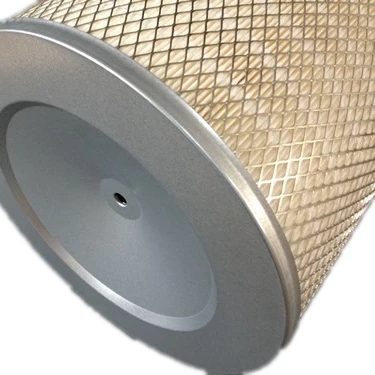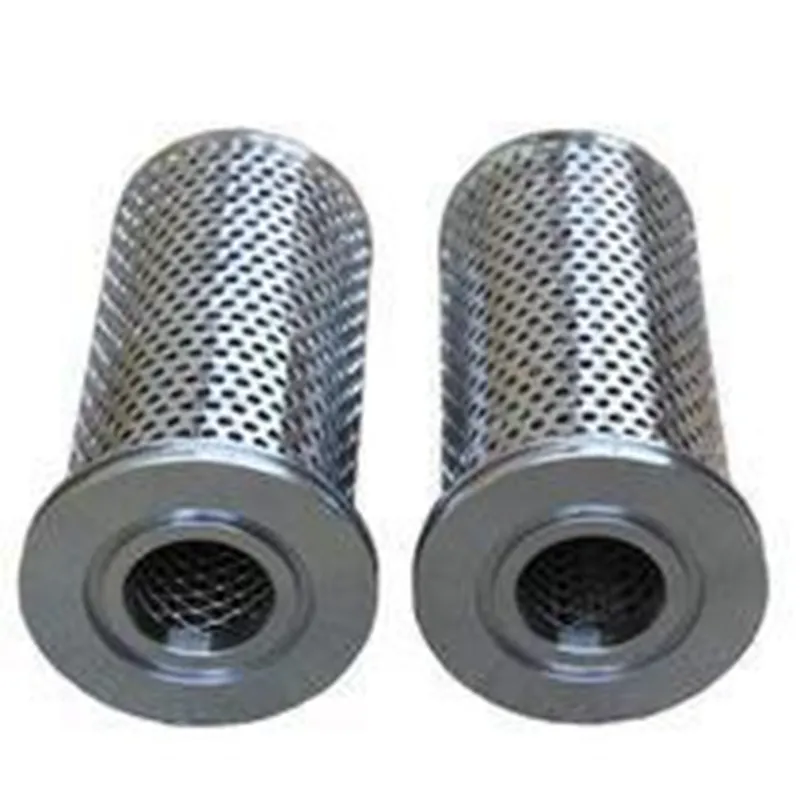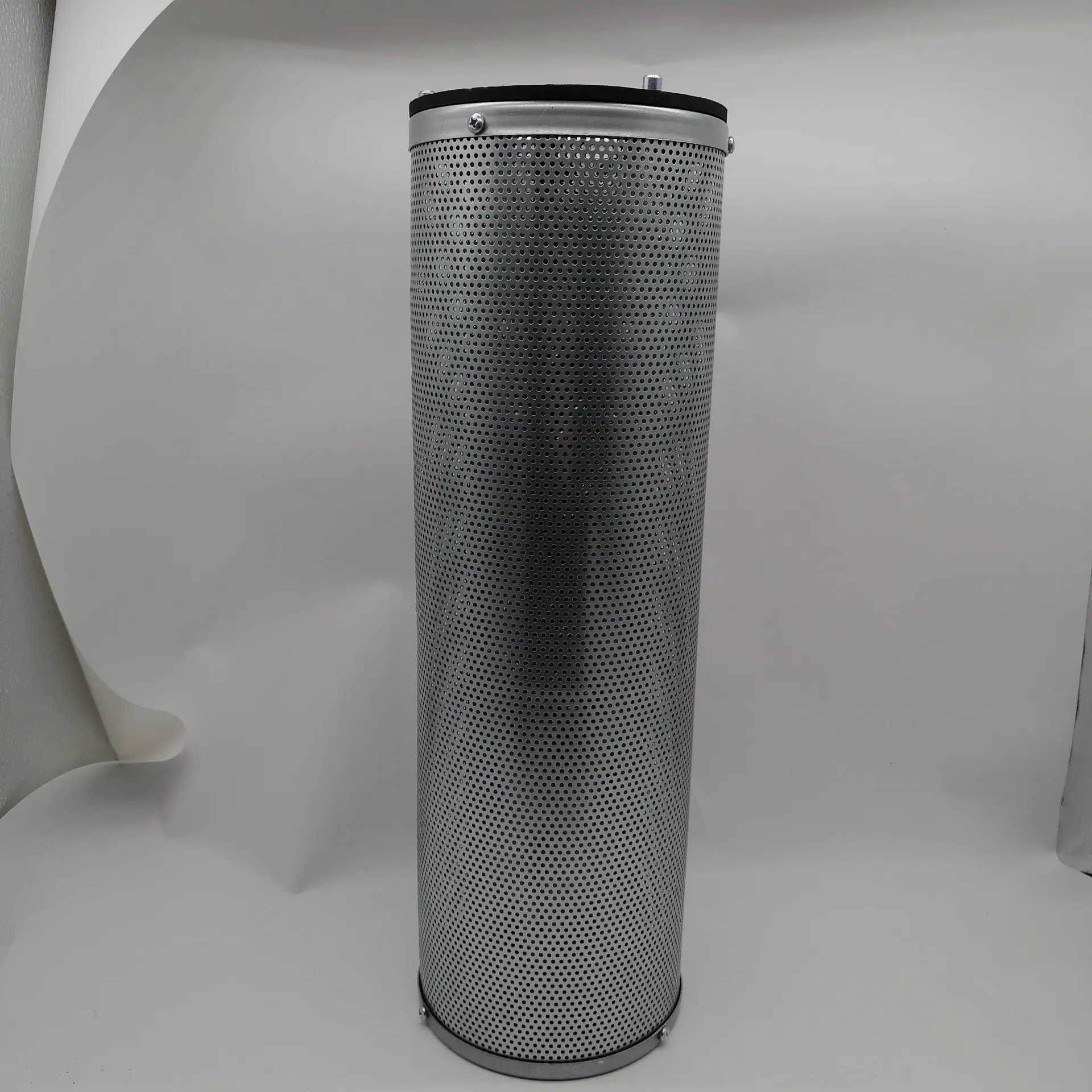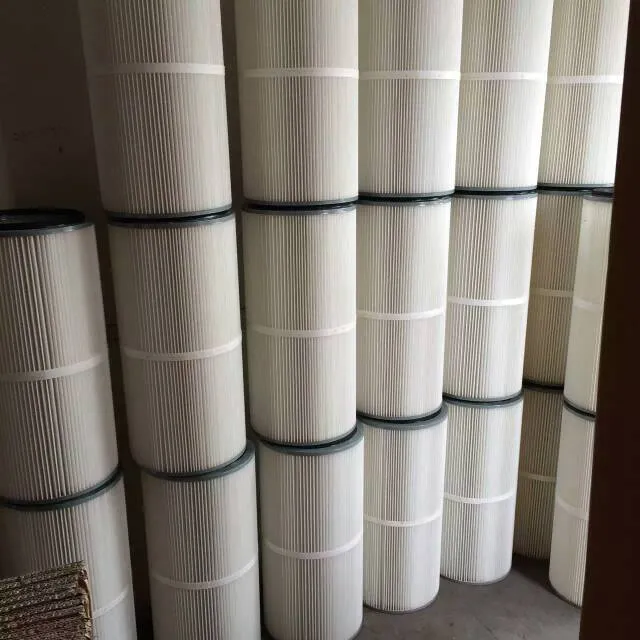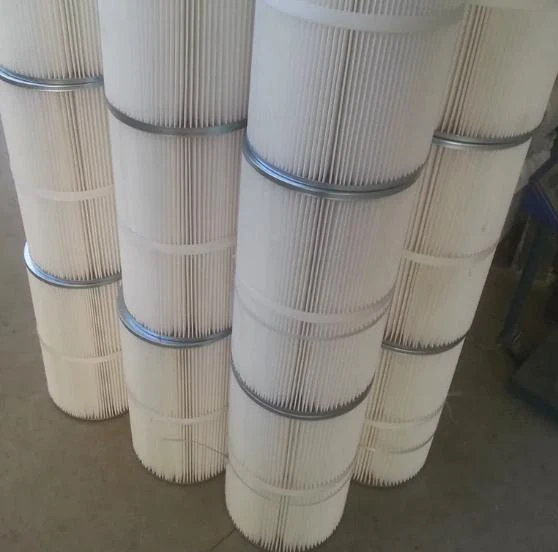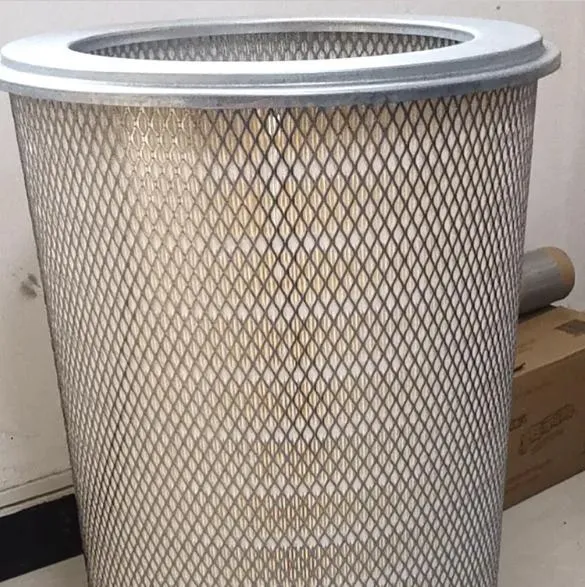 Tel:
+8618931101301
Tel:
+8618931101301
Nën . 06, 2024 15:07 Back to list
High-Efficiency HEPA Cartridge Filter for Superior Air Quality and Filtration Performance
Understanding HEPA Cartridge Filters The Key to Clean Air
In an age where air quality is of paramount concern, HEPA (High-Efficiency Particulate Air) filters have emerged as essential components in air purification systems. Among these, HEPA cartridge filters stand out for their effectiveness in trapping harmful particles and ensuring that the air we breathe remains clean and safe.
What is a HEPA Cartridge Filter?
A HEPA cartridge filter is a type of air filter that is designed to remove at least 99.97% of particles that are 0.3 microns in diameter from the air that passes through it. This specification makes them highly effective at capturing dust, pollen, pet dander, smoke, mold spores, and even some bacteria and viruses. The construction of a HEPA filter typically includes a dense mat of fibers that act as a barrier, trapping pollutants as air flows through.
The Science Behind HEPA Filters
The efficacy of HEPA filters in trapping particulate matter lies in their unique design and material. These filters are made from a combination of glass fibers and other synthetic materials, creating a maze of small openings. When airborne particles pass through the filter, they are removed through three primary mechanisms interception, inertial impaction, and diffusion.
1. Interception As particles move through the air, they can adhere to the fibers of the filter if they come close enough. 2. Inertial Impaction Larger particles tend to follow a straight trajectory due to their mass. When they collide with the fibers, they are unable to continue in a straight path and are trapped. 3. Diffusion Smaller particles, particularly those less than 0.1 microns, exhibit Brownian motion, causing them to randomly collide with the fibers and get trapped.
The combination of these mechanisms allows HEPA cartridge filters to efficiently remove a broad spectrum of airborne pollutants, making them ideal for a variety of applications
.Applications of HEPA Cartridge Filters
hepa cartridge filter
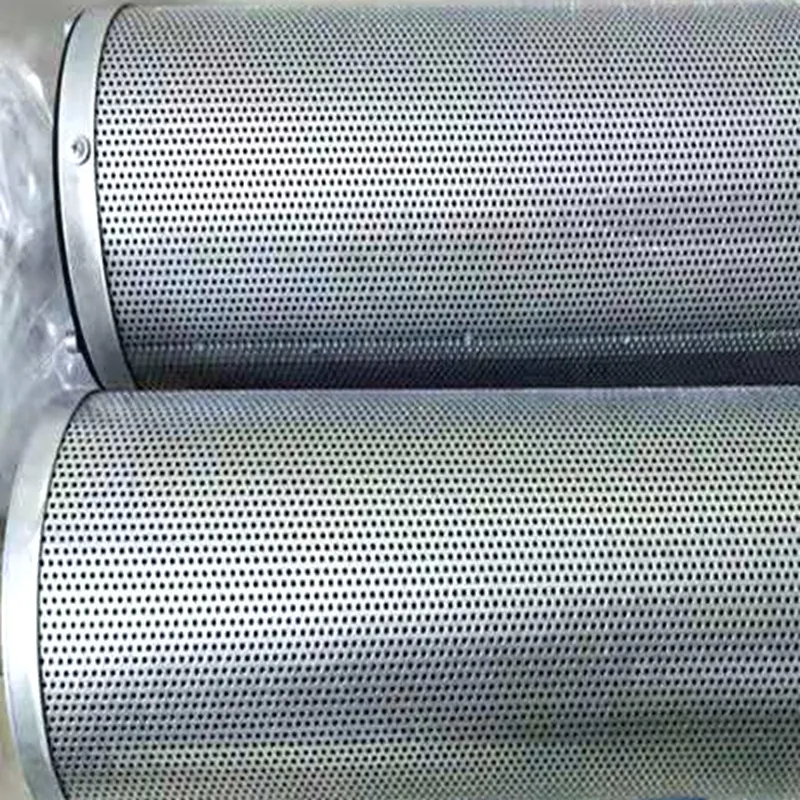
HEPA cartridge filters are widely used in multiple environments
1. Residential Air Purifiers Many households invest in air purifiers equipped with HEPA filters to maintain indoor air quality. For allergy sufferers, these filters can dramatically reduce symptoms by capturing allergens before they circulate in the air.
2. Medical Facilities Hospitals use HEPA filters in operating rooms and isolation wards to minimize the risk of airborne infections. The filters help maintain sterile environments, critical for patient safety.
3. Industrial Settings In industries that produce dust or other particulate pollutants, HEPA filters can be used to ensure safe working conditions. They are often found in manufacturing plants, laboratories, and cleanrooms.
4. Automobiles Many modern vehicles come equipped with HEPA filters to enhance cabin air quality, ensuring that harmful pollutants do not enter the passenger area.
Maintenance and Replacement
While HEPA cartridge filters are designed to last a considerable amount of time, they do require regular maintenance. Over time, the accumulation of trapped particles can lead to a decrease in airflow and effectiveness. It is crucial to check and replace HEPA filters according to the manufacturer’s recommendations or when noticeable drops in air quality occur.
Conclusion
In conclusion, HEPA cartridge filters play a critical role in purifying air by removing harmful particles. Their advanced construction and filtering capabilities make them indispensable in environments where air quality is crucial. Whether in homes, hospitals, or industrial settings, the efficacy of HEPA filters in contributing to clean air cannot be overstated. As awareness of air pollution continues to grow, investing in HEPA filtration systems remains a key step towards achieving healthier indoor environments and improving overall quality of life. With ongoing advancements in filter technology, the future of air purification looks promising, paving the way for cleaner and fresher air for everyone.
-
The "weight" secret of activated carbon filter: the heavier the better?NewsMay.09,2025
-
Why is coconut shell activated carbon the preferred material for high-end filter elements?NewsMay.08,2025
-
5 maintenance tips to extend the life of dust filter elementsNewsMay.07,2025
-
Why does the air filter affect the power of the car?NewsMay.06,2025
-
When should the dust filter be replaced?NewsApr.30,2025
-
How to choose a special dust filter?NewsApr.29,2025

 Email:
Email:
